What is it about the outdoors that appeals to you?
It's hard to answer that question because I view the "outdoors" and nature as everything. I firmly believe that if we humans wish to live full, healthy and meaningful lives we must be connected to the natural world. For hundreds of thousands of years our ancestors have lived a life where nature was our food, shelter, clothing, gods, entertainment, and everything else. That is how we have evolved and we need nature emotionally, physically, spiritually.
Beyond that I love the stillness of nature, the endless connection, and the contradictory nature of nature (gentle yet savage, slow yet quick)
When did you first start having an interest in the outdoors and specifically learning bushcraft/primitive survival skills?
I got introduced to primitive skills by working at a Wilderness therapy program in Utah. In the program students lived in the West Desert of Utah for 2- 3 months. My job was to keep them alive, have fun, and help them work through their issues by teaching them primitive skills. I loved the skills and the way they can teach us more about ourselves and each other. After a few months working their I felt the most whole I had ever felt so I dedicated my life to the Earth and learning and teaching these skills.
What is one of your most memorable outdoor moments?
Hmm. Probably that one time I was being stalked by a leopard in Namibia. She came and sniffed me in the middle of the night. I didn't hear a thing but saw her tracks. She was less that 15ft. away from me. Turns out, I had invaded her territory and she had a small 2 month year old kitten. She had the right to kill me and I wouldn't have blamed her. I am always grateful to her for sparing my life.
What is your favorite patch of wilderness?
Oh man that's hard. I got too many. I love the Great Basin Desert, Northern Michigan forests, Southern Appalachia, and everywhere in between. I love them all for different reasons.
Why do you think bushcraft/primitive survival skills are important in today's modern age?
If we want to continue as a species on this earth we need to come back to our roots. Simplicity, connection, community, gratitude. These are the things that will save us, not new technology, more agriculture, and the cure for _______. Primitive skills are doorways for us to learn the traits of our ancestors and learn how to live in balance again.
What is one piece of survival equipment that you cherish over anything else and why?
haha to be honest I hate how people fetish-ize survival equipment. If our ancestors can make it work with no bone and stone then I can do it with any steel. One of my favorite (less sexy) pieces of equipment is the fire flapper. It's really just a simple piece of bark or sleeping pad that you can use to feed oxygen to the fire. It has saved my life a few times in really cold, wet situations.
Any final thoughts you would like to share with our readers?
GET OUTSIDE!!! now! Stop reading and go play. you will be happy later because of it.
If you want to know more about Luke McLaughlin and his courses, check him out here:
https://www.holisticsurvivalschool.com/
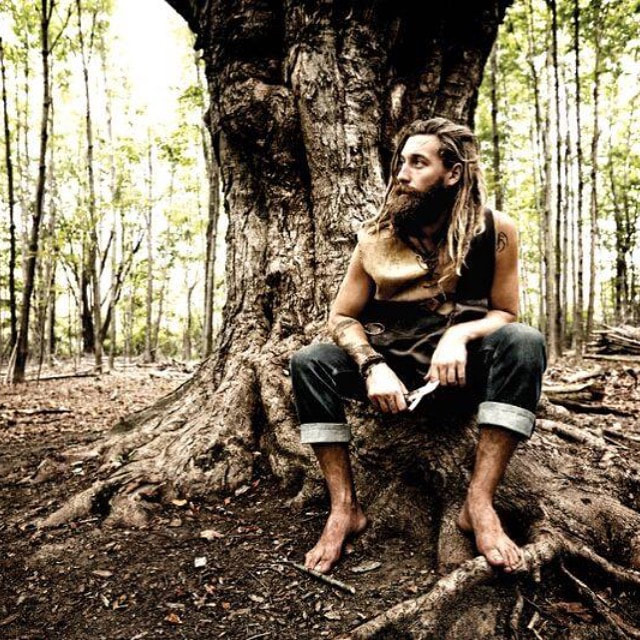
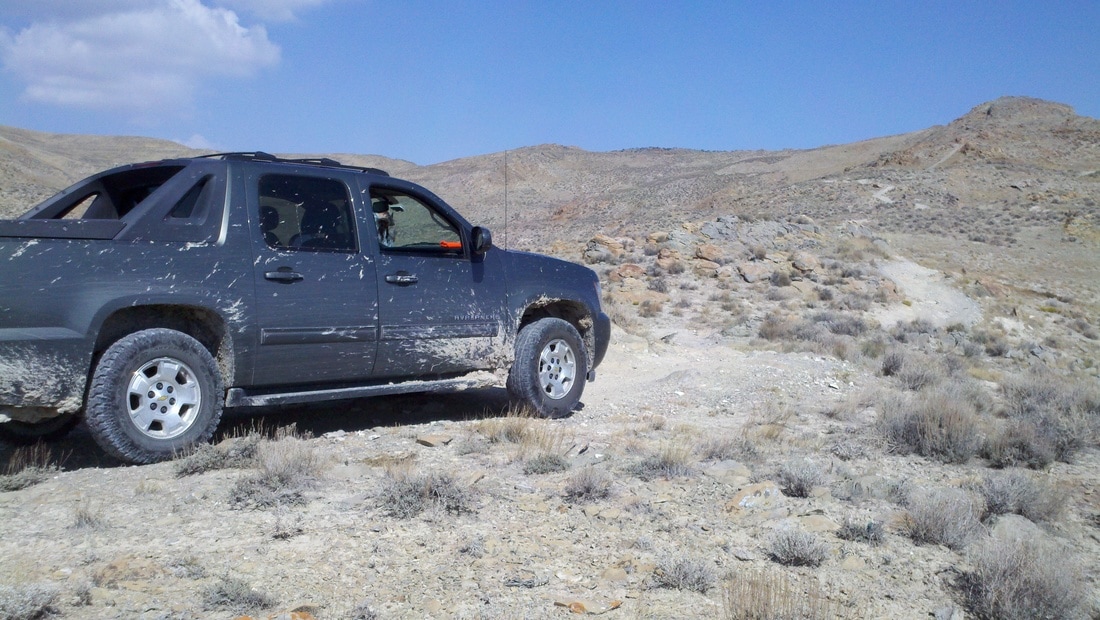
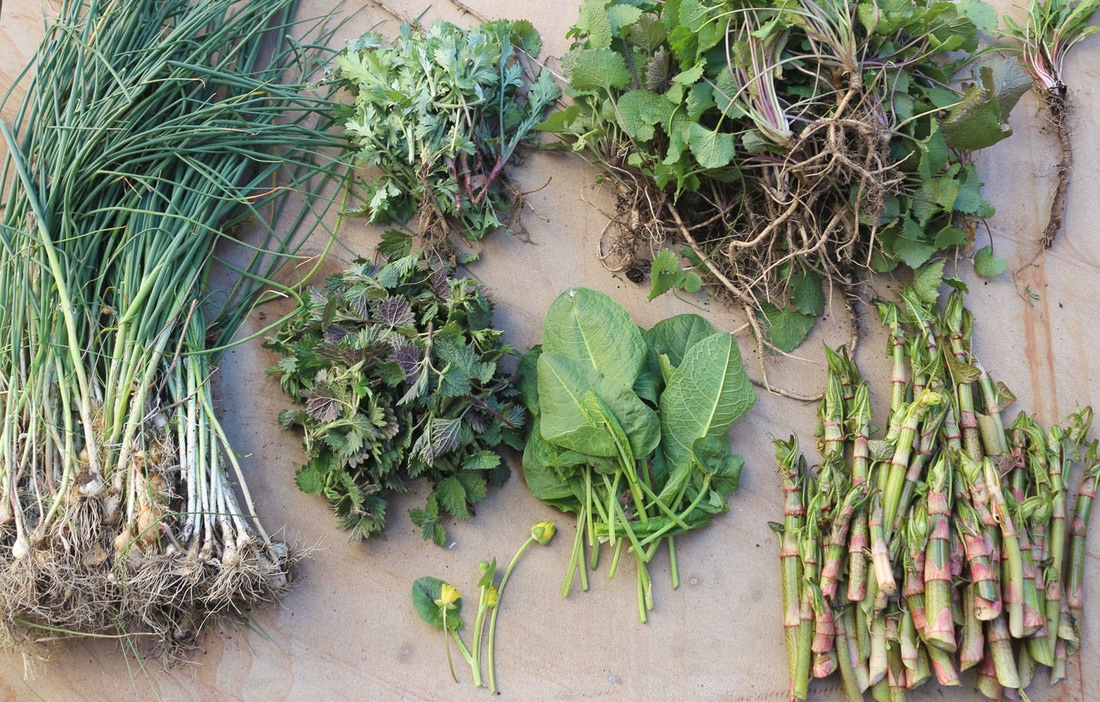
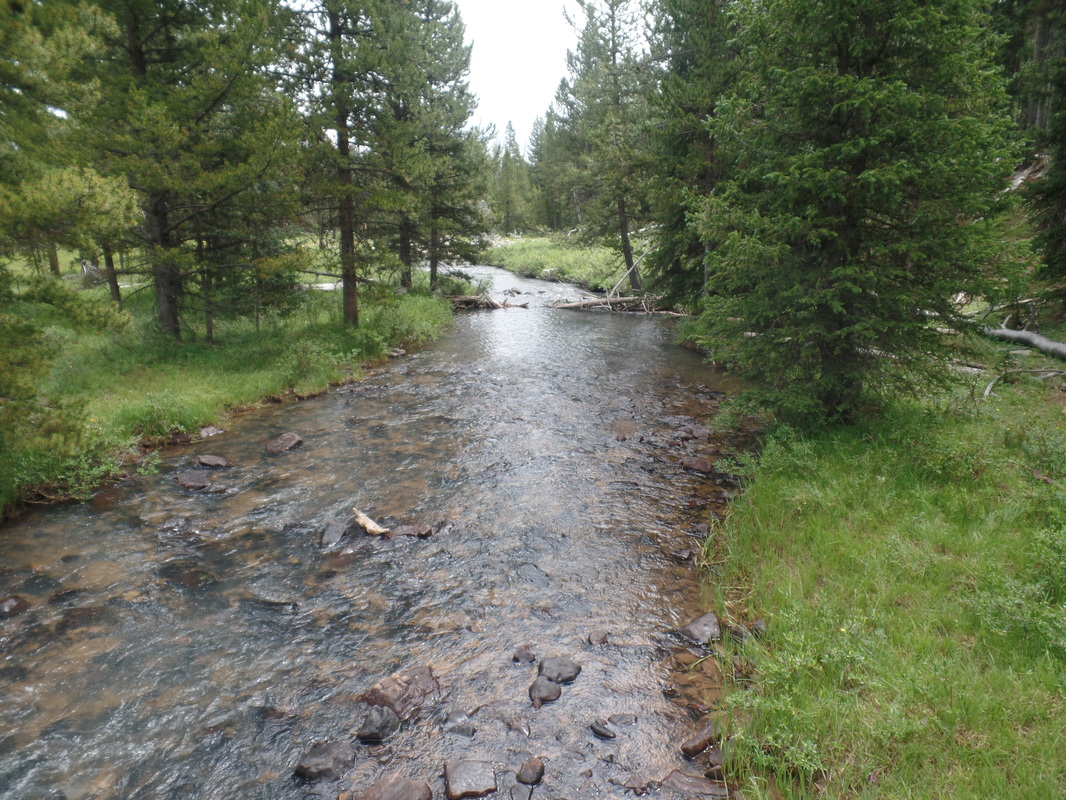
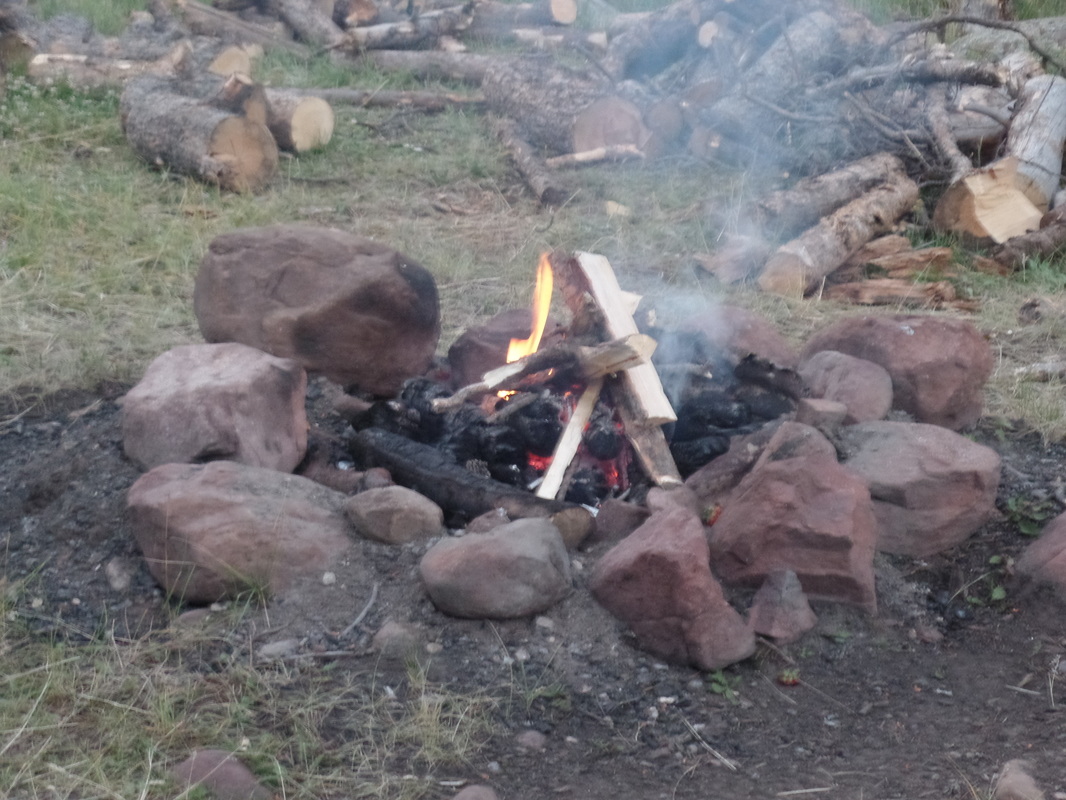

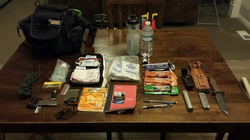
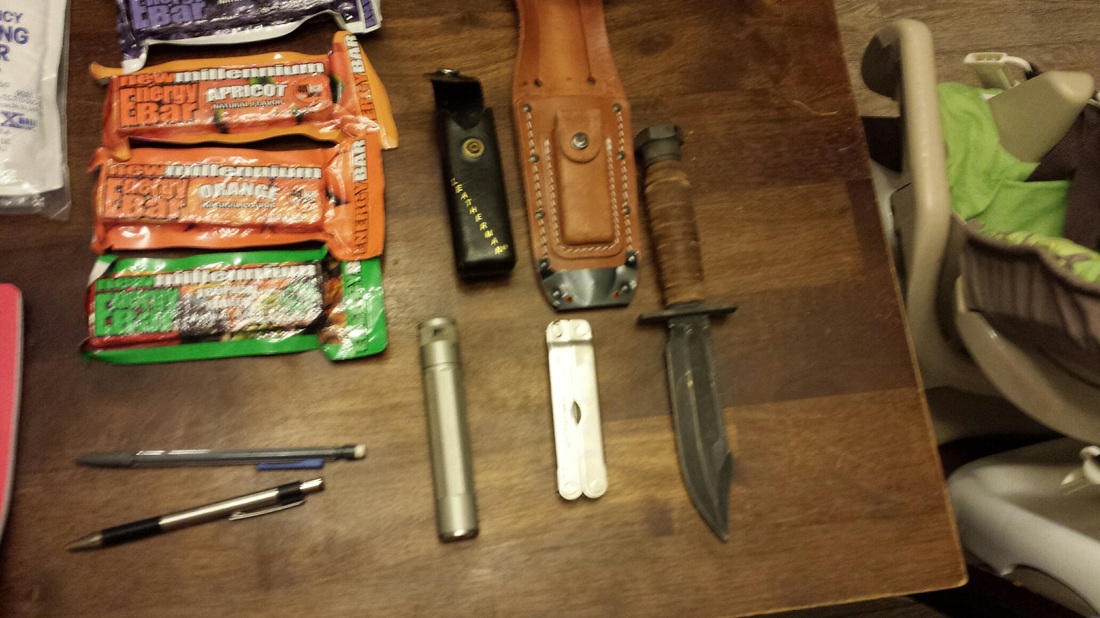
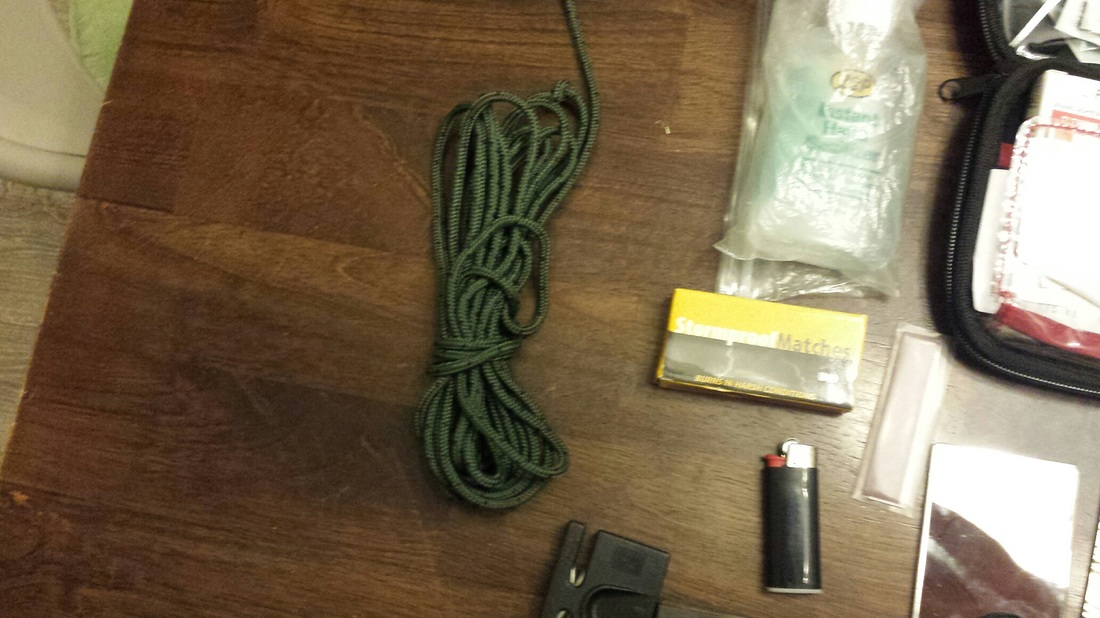
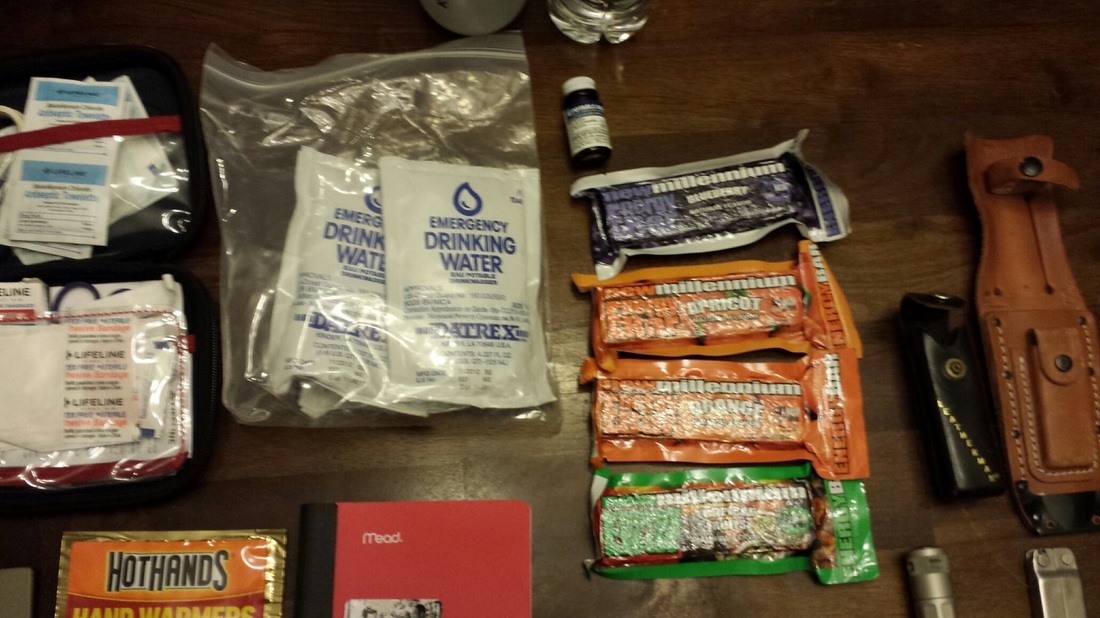
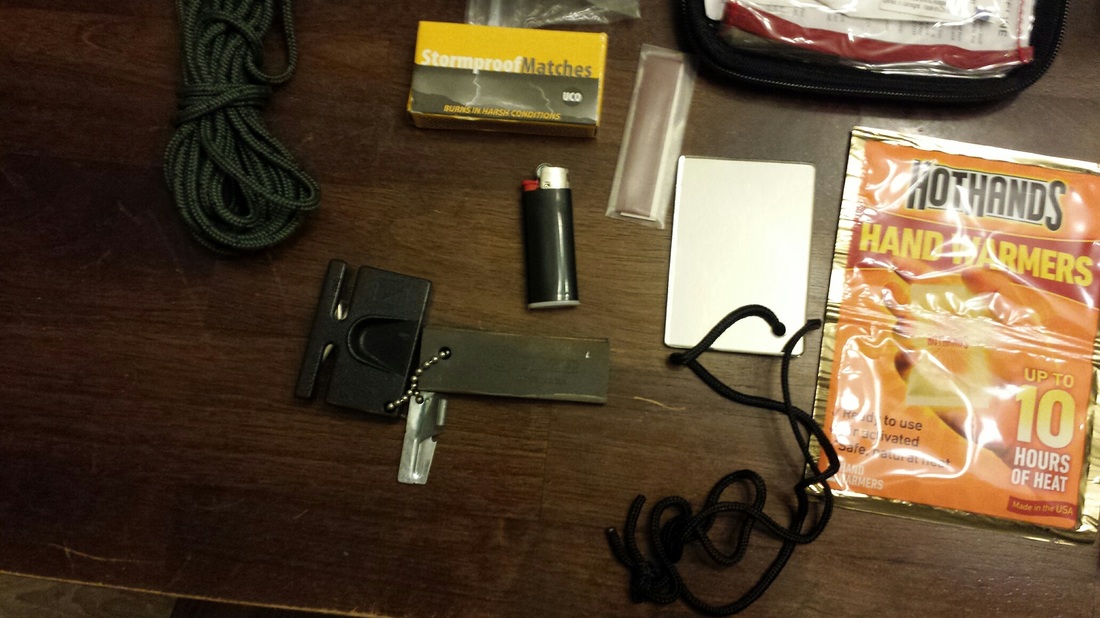
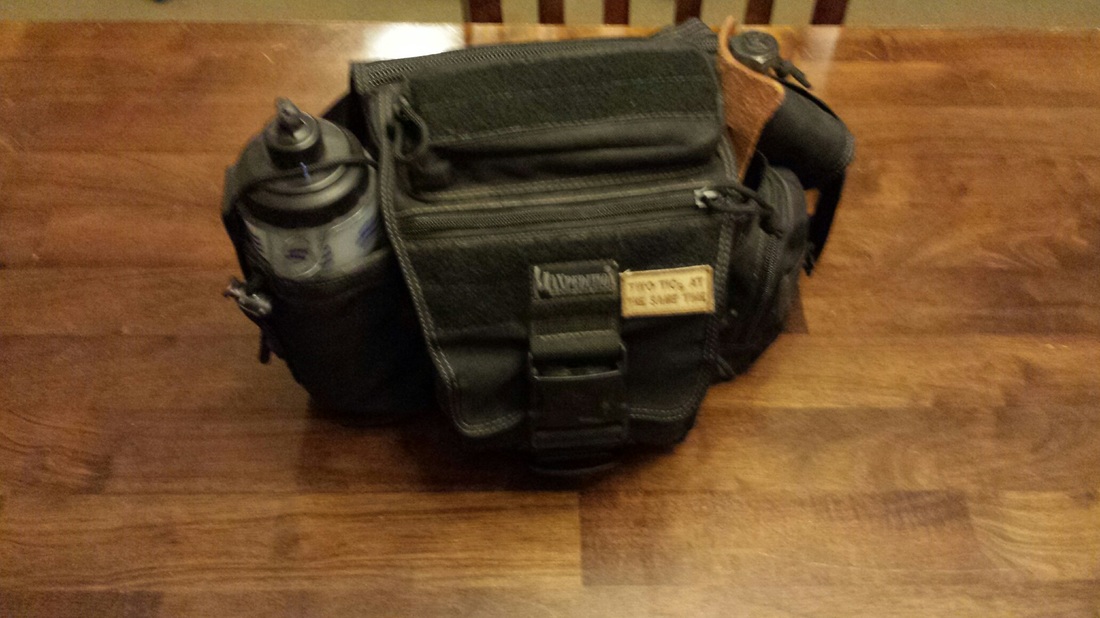
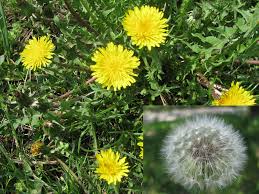
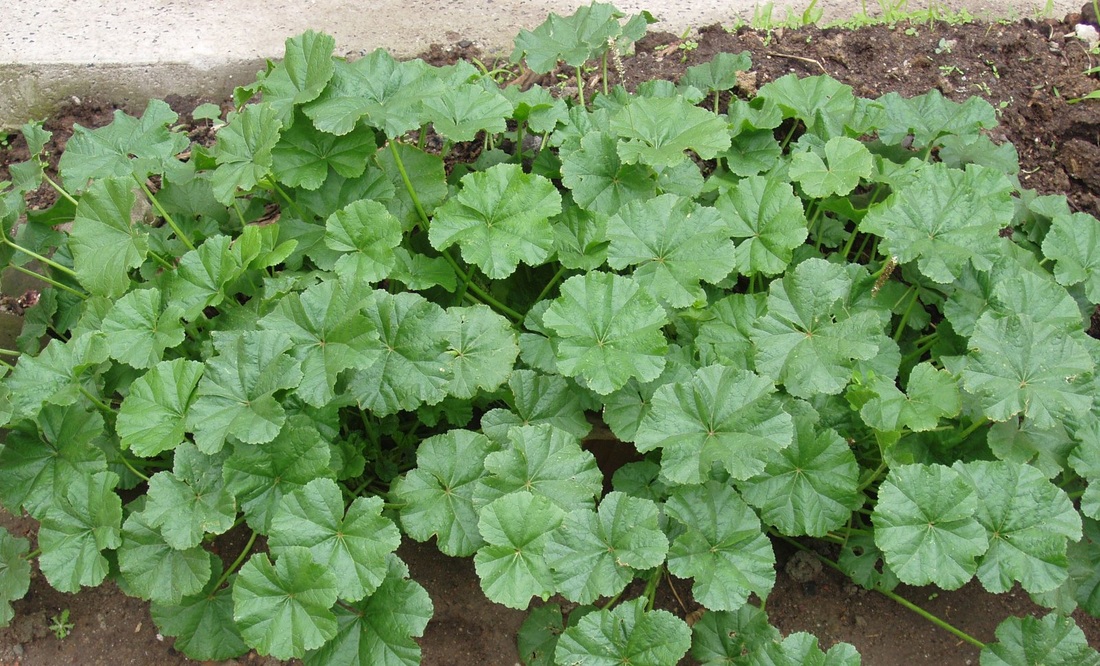
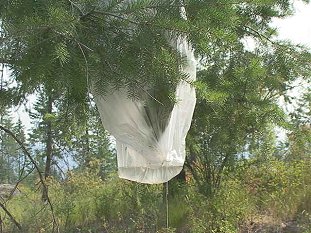
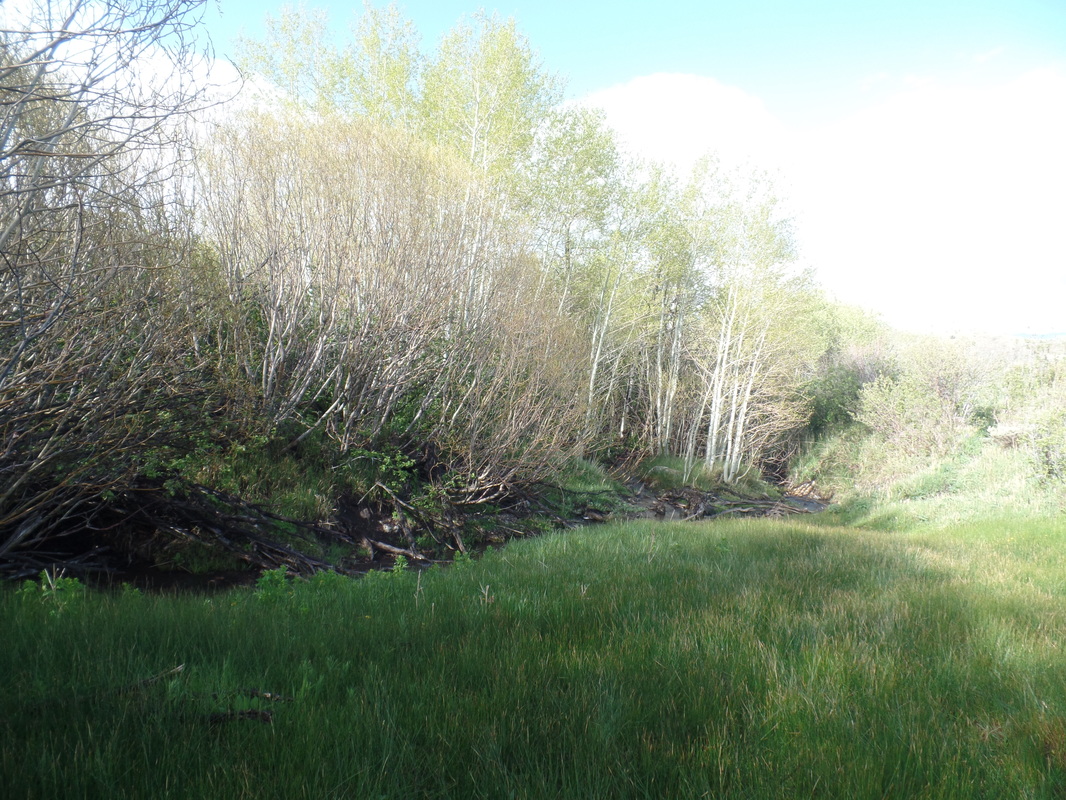
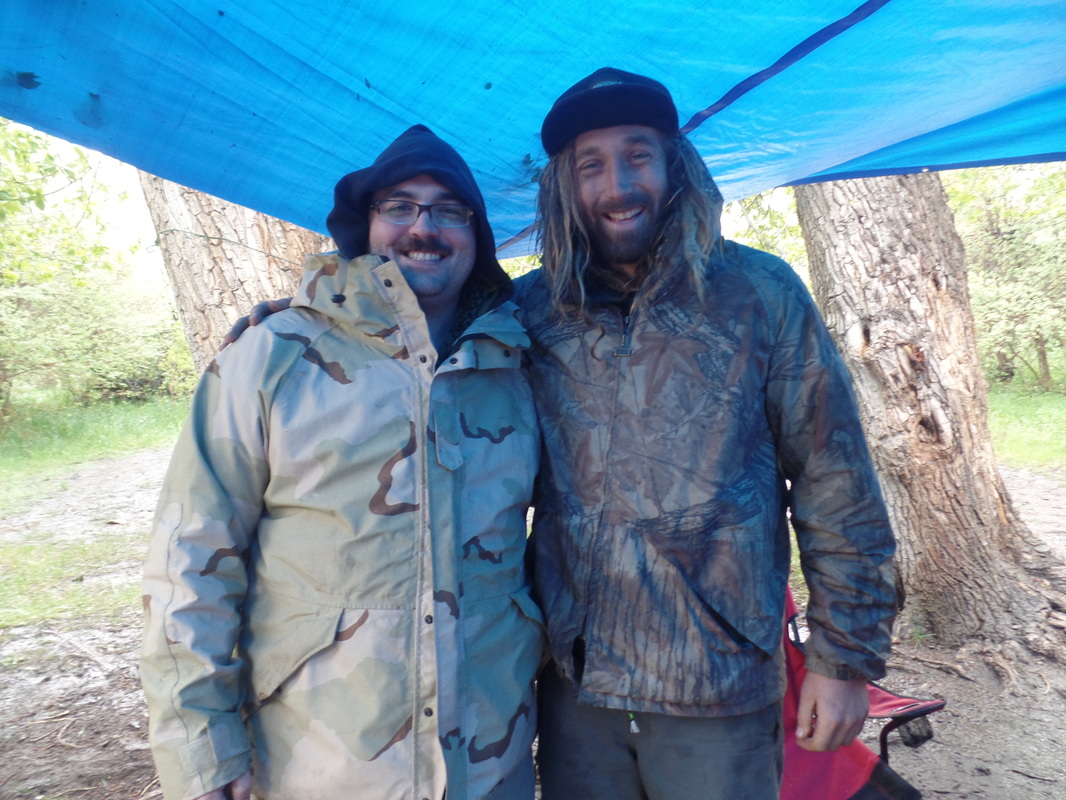
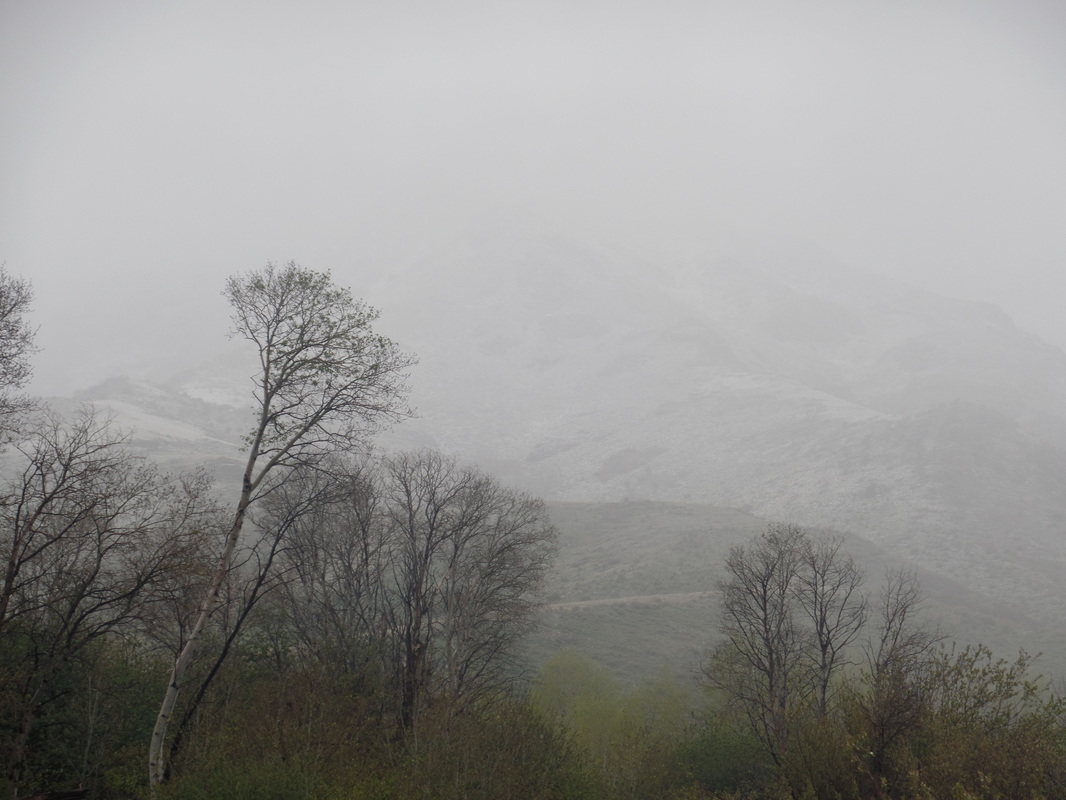
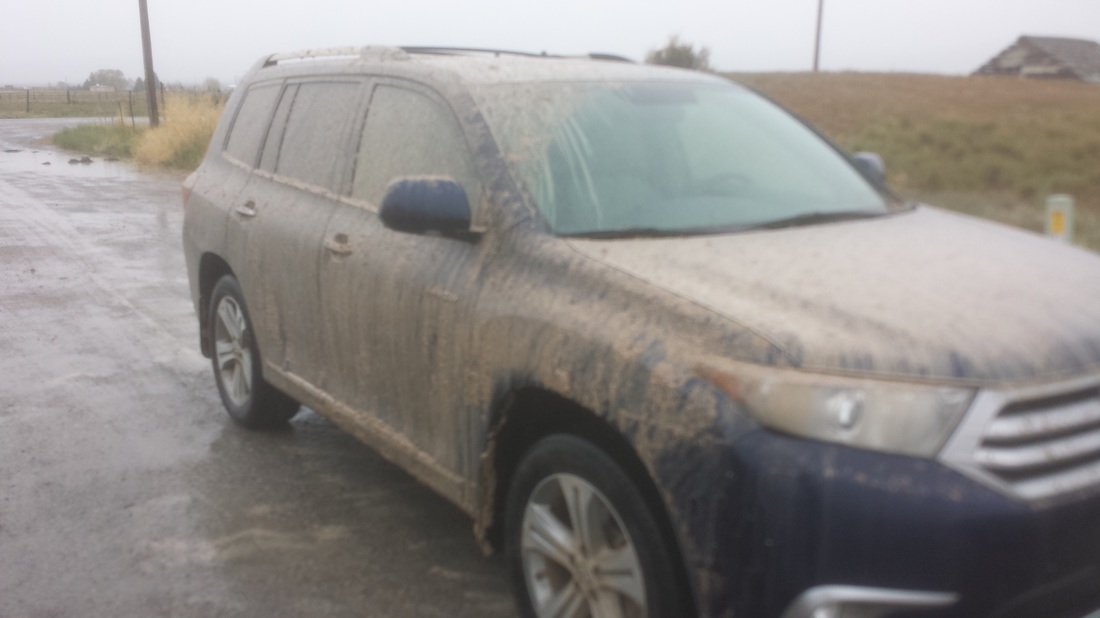
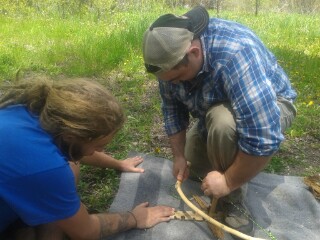
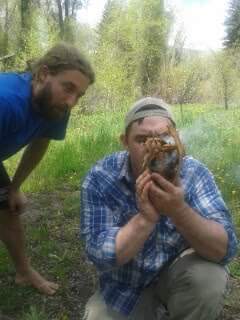
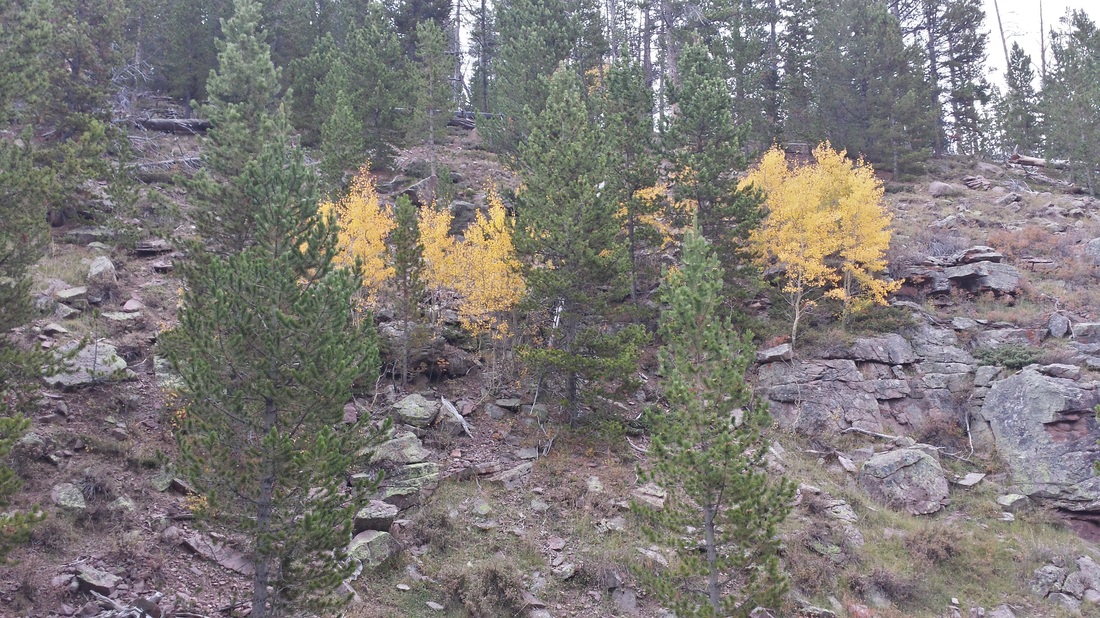
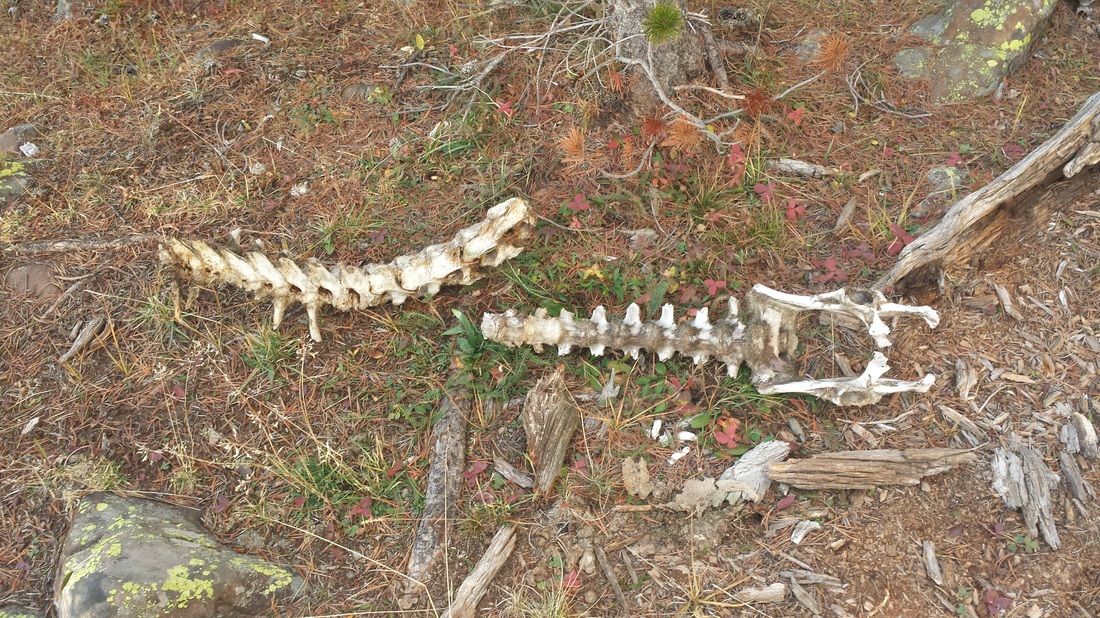
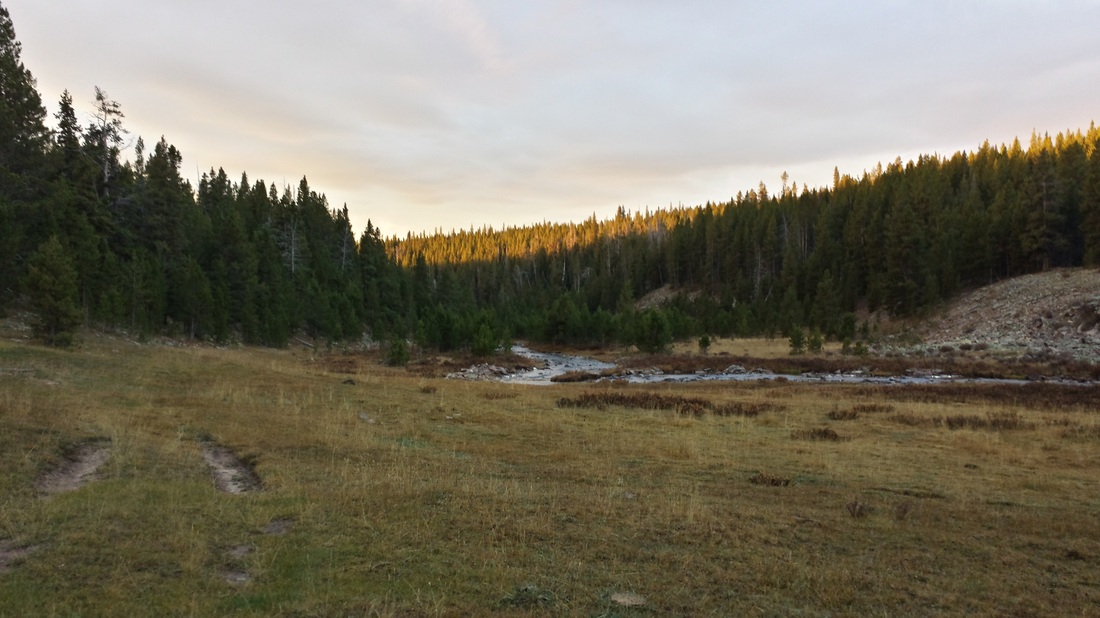
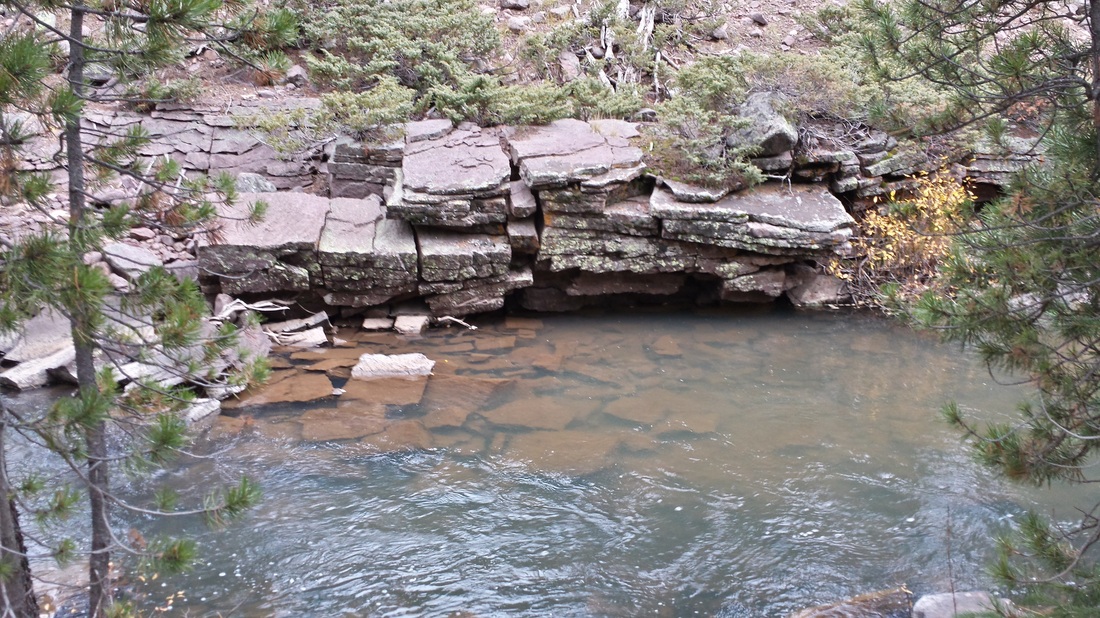
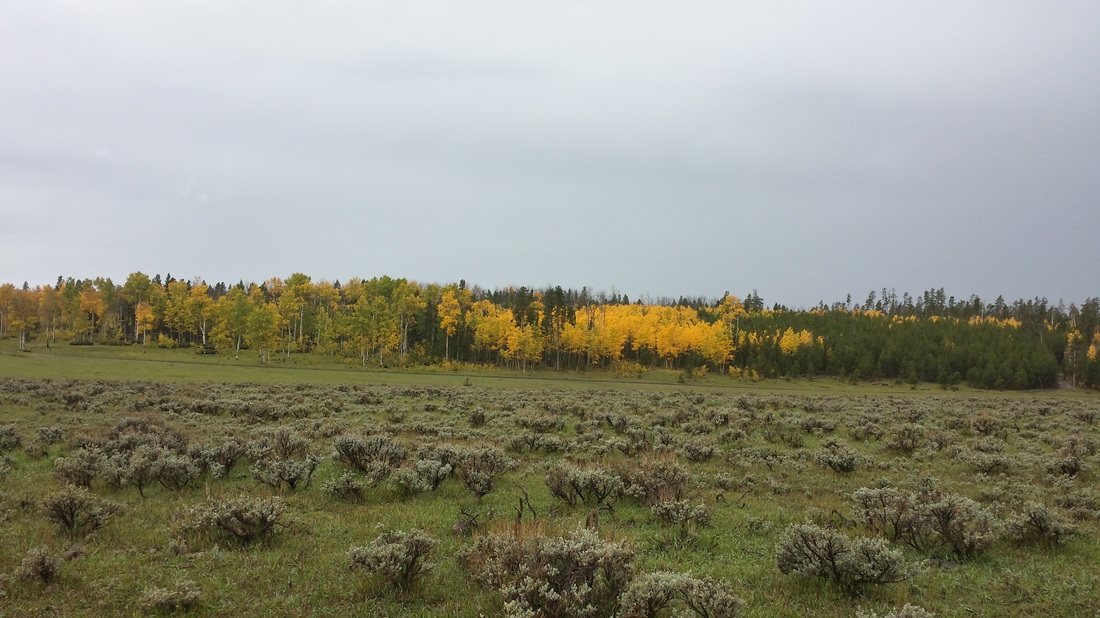
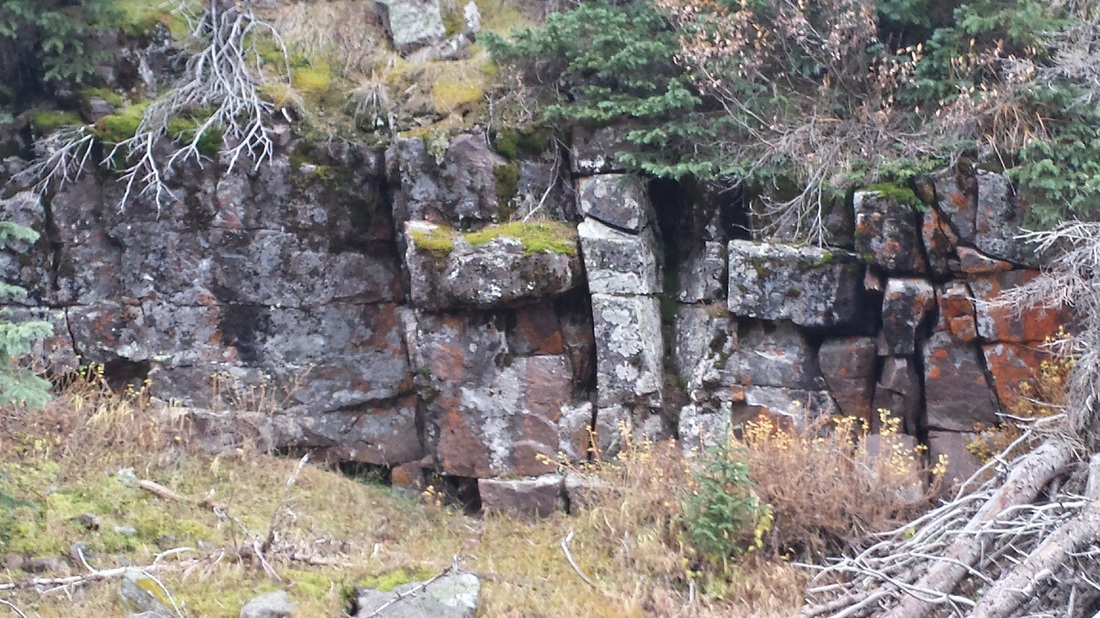
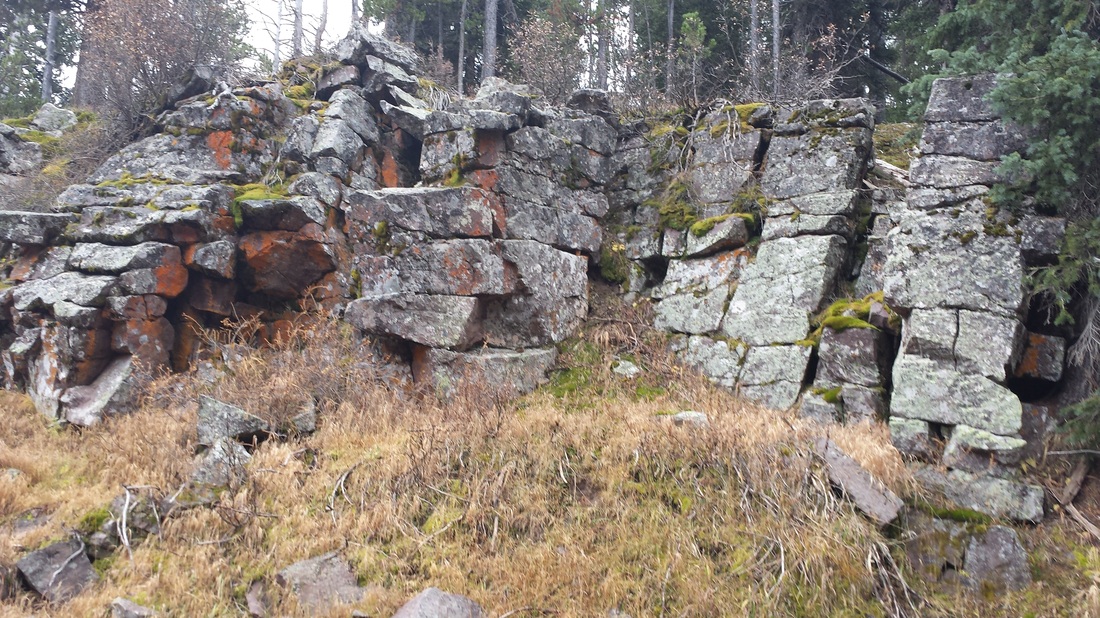
 RSS Feed
RSS Feed